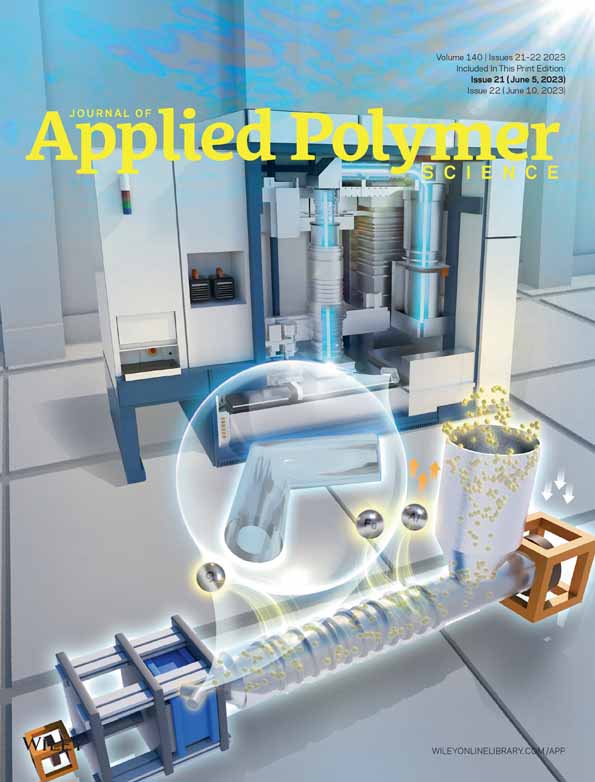Copolyimide asymmetric hollow fiber membranes for high-pressure natural gas purification
Abstract
The current process to purify contaminated natural gas reserves employs a highly energy-intensive amine scrubbing technology. To satisfy the growing demand for natural gas coupled with the tight regulations on CO2 emissions, researchers worldwide are investigating the use of polymeric membranes for acid gas removal from natural gas streams, to reduce the energy consumption and carbon emission of the nowadays used technology. Placing a polymeric membrane unit at the upstream of the amine scrubbing column reduces the energy consumption during the regeneration process of saturated amines. Hence, the preparation of polymeric membranes in form of hollow fibers is a key step towards their industrial implementation for natural gas processing. The following study demonstrates the potential separation performance of 6FDA-Durene/6FDA-CARDO (5000:5000) in an integrally skinned defect-free asymmetric hollow fiber geometry. The initial screening studies of the membrane shows good pure-gas performance as it exhibits CO2/CH4 selectivity coefficients around 28 and CO2 permeance between 310 and 350 GPU. Feed pressures of up to 900 psig and stage cuts ranging from 5% to 20% were tested for a quaternary sweet mixed-gas feed to assess the membrane performance under operating conditions that mimic those in industrial settings. Mixed-gas permeance of all gases, and CO2/CH4 selectivity remain somewhat constant as the feed pressure increases up to 900 psig. Both mixed-gas CO2 permeance and CO2/CH4 selectivity decline as the stage cut increases. As expected, as CO2 recovery is maximized, CO2 purity is minimized and CH4 loss increases with increasing stage cut. As a result of the trade-off between recovery and purity, the data and analyses reported herein can provide insights into the limitations that certain operating parameters can pose on CO2 separation performance with similar polymeric hollow fiber membranes.
CONFLICT OF INTEREST STATEMENT
The authors declare no conflict of interest.
Open Research
DATA AVAILABILITY STATEMENT
The data that support the findings of this study are available from the corresponding author upon reasonable request.




